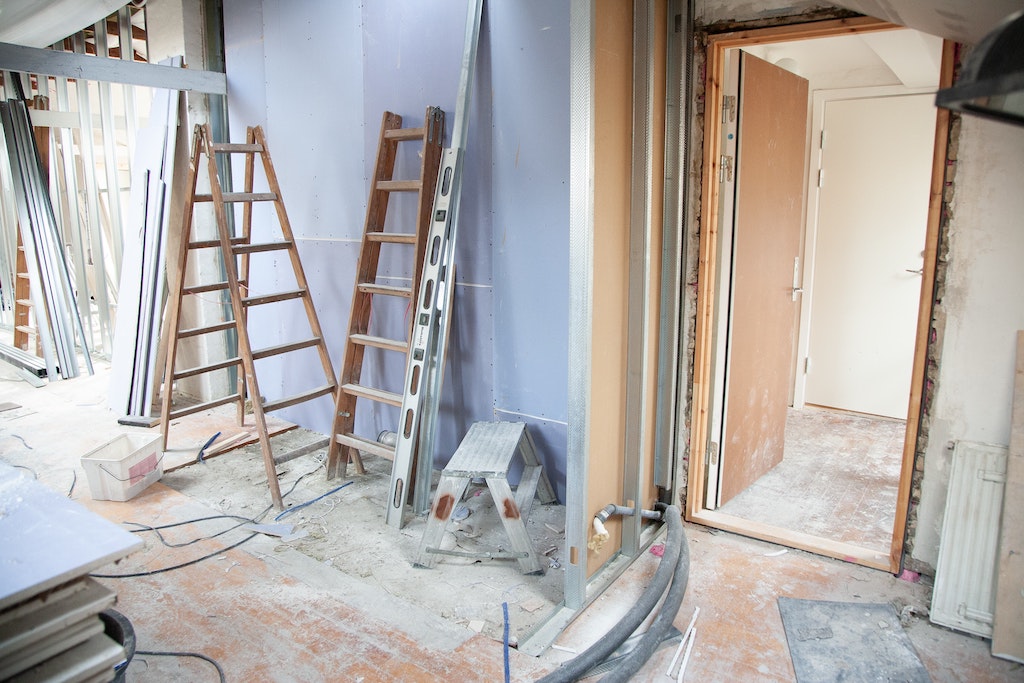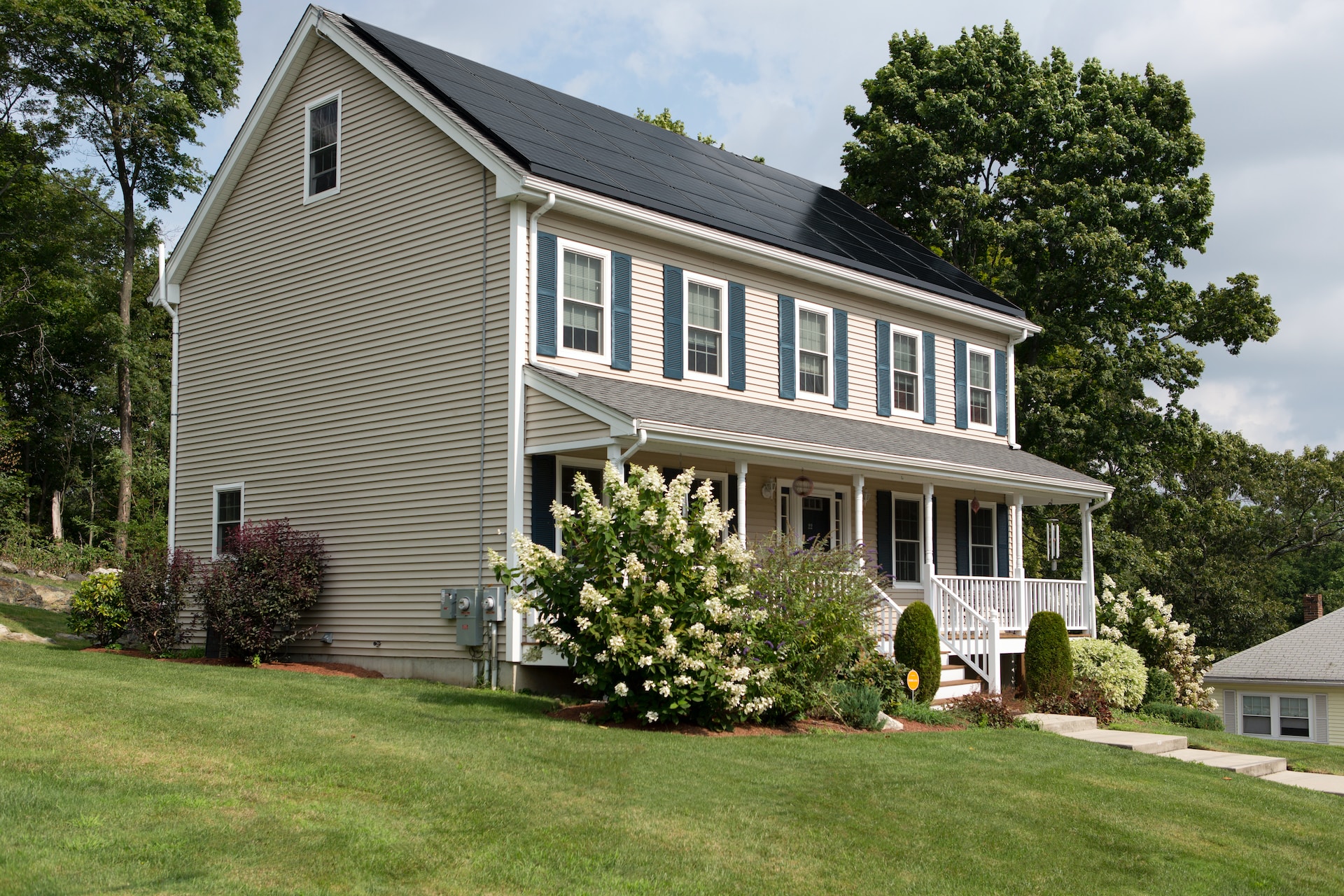Home improvements aren’t just about adding beauty or functionality to your space; they can also have significant implications for your home insurance by impacting the pricing of your home insurance policy, as they may elevate the rebuilding value of your property and associated risks. So, you might need to adjust your coverage limits and anticipate increased insurance premiums. Also, some home improvements can potentially lead to reduced insurance costs by incorporating features that mitigate the overall risk of property damage.
How Renovations Affect Your Home Insurance
From expanding your living space to adding luxurious features, such as a swimming pool, each change alters your home’s value and risk profile and, therefore, will impact your home insurance.
Consult an insurance professional before and after your renovation journey.
Property Value and Risk Alterations
Home improvement’s most profound effects are altering a property’s value and the associated risks.
Value Augmentation
A more valuable property can consequently translate into higher replacement costs in case of damages. As a result, the existing insurance coverage sufficient for the pre-renovated home might now be inadequate, so re-evaluate and adjust your coverage to match the new value to avoid finding yourself underinsured.
Risk Dynamics
Renovations affect the balance of risk, the backbone of insurance premiums. Insurance providers might bump the premiums to account for this heightened risk.
Common Home Improvements and Insurance Impacts
Which home renovations might save you money, and which could cost you more on insurance? Below, we get into the effects of various home improvements on insurance costs.
Renovations That Can Lower Home Insurance Premiums
- Security System Installations: Installing a state-of-the-art security system with monitoring services can lower your premiums. For instance, a homeowner installs a comprehensive system including alarms, cameras, and 24/7 monitoring. The insurer may offer a discount of up to 20% on the homeowner’s insurance premium, recognizing the significantly reduced risk of theft and vandalism.
- Fire-Resistant Materials and Smoke Detectors: Replacing an old, flammable roof with modern, fire-resistant materials can decrease the likelihood of fire damage. A family upgrades their roof and installs advanced smoke detectors throughout their home. Their insurance company rewards these safety improvements by reducing their annual premiums.
- Plumbing and Electrical Upgrades: Updating old plumbing and electrical systems to meet current safety standards can prevent problems such as water damage or electrical fires. A homeowner who replaces their 50-year-old plumbing and faulty electrical wiring with up-to-date, safer systems may see decreased insurance costs due to the lowered risk of damage.
Renovations That Could Raise Home Insurance Costs
- Swimming Pools and Trampolines: Adding a swimming pool or trampoline to your property can increase liability risks and, consequently, your insurance premiums. For example, a family installing a pool without a fence significantly increases the risk of accidents. Their insurer might increase their liability coverage costs to account for the potential for injury claims.
- High-End Kitchen and Bathroom Remodels: Luxury renovations in kitchens and bathrooms can significantly increase the value of your home. A homeowner who installs marble countertops, high-end appliances, and designer fixtures in their kitchen may find their home insurance premiums rising. The insurer might view these upscale features as increasing the replacement cost of the home.
- Adding Square Footage: Expanding the living space of your home by adding rooms or finishing a basement increases its value and, often, the cost to insure it. If a homeowner builds a new master suite and a state-of-the-art home theater room, this raises the home’s market value and could lead to higher insurance premiums due to the increased cost of rebuilding after a loss.
Ready to Update Your Policy for Renovation Success?
Before diving into your renovation project, take stock of the planned changes and their potential impact on your property’s value. Whether it’s expanding your square footage, installing a new roof, or revamping your kitchen, each detail matters.
Don’t forget to keep your insurer in the loop from the get-go. Once your renovation masterpiece is complete, reassess your home’s replacement cost and make necessary adjustments to your policy limits. Your insurance provider can assist you through this process, ensuring you’re properly covered for all eventualities.
Remember, thorough documentation is key! To streamline the insurance adjustment process, keep track of receipts, contracts, and before-and-after snapshots. By understanding how renovations influence your coverage and taking proactive steps, you can ensure that your transformed space is protected adequately. After all, the right insurance coverage is just as valuable as a newly renovated space.
FAQs
How do I know if my home improvement will affect my insurance premiums?
Always consult with your insurance provider before starting any significant renovations to understand how they might affect your premiums and coverage.
Can installing a security system really lower my home insurance costs?
Yes, many insurers offer discounts for homes with security systems, as they can significantly reduce the risk of theft and damage.
Are there any home improvements that insurers might view negatively?
Yes, additions that increase liability risks, such as swimming pools or certain types of exotic landscaping, can raise premiums.
How often should I review my home insurance policy?
It’s wise to review your policy annually and after any major home improvements to ensure your coverage is up-to-date.
What is the best way to document home improvements for insurance purposes?
Keep detailed records, including contracts, receipts, and before-and-after photos, to provide to your insurer as needed.




